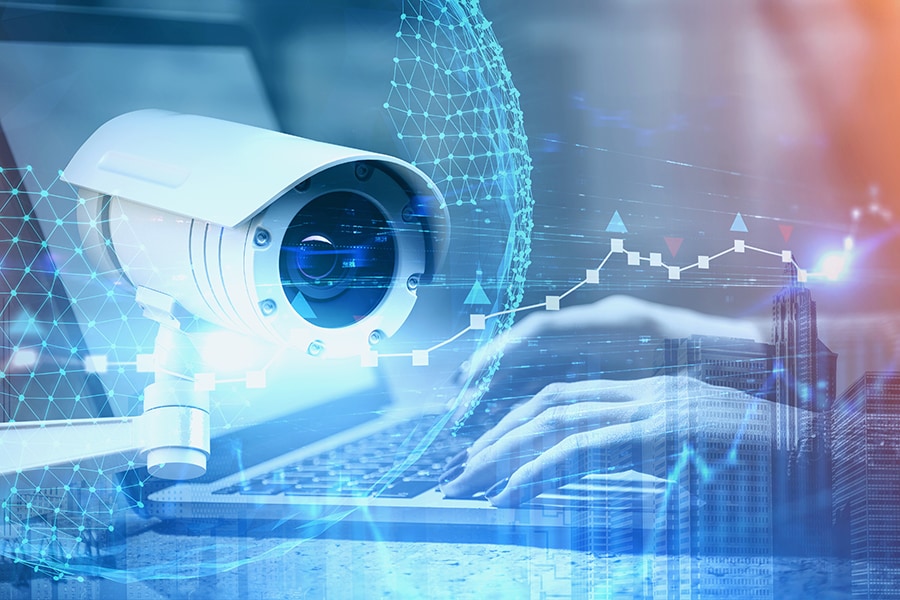
How my boss monitors me while I work from home
As we shelter in place in the pandemic, more employers are using software to track our work—and us
 Image: Shutterstock
Image: Shutterstock
LONDON — On April 23, I started work at 8:49 a.m., reading and responding to emails, browsing the news and scrolling Twitter. At 9:14 a.m., I made changes to an upcoming story and read through interview notes. By 10:09 a.m., work momentum lost, I read about the Irish village where Matt Damon was living out the quarantine.
All of these details — from the websites I visited to my GPS coordinates — were available for my boss to review.
Here’s why: With millions of us working from home in the coronavirus pandemic, companies are hunting for ways to ensure that we are doing what we are supposed to. Demand has surged for software that can monitor employees, with programs tracking the words we type, snapping pictures with our computer cameras and giving our managers rankings of who is spending too much time on Facebook and not enough on Excel.
The technology raises thorny privacy questions about where employers draw the line between maintaining productivity from a homebound workforce and creepy surveillance. To try to answer them, I turned the spylike software on myself.
Last month, I downloaded employee-monitoring software made by Hubstaff, an Indianapolis company. Every few minutes, it snapped a screenshot of the websites I browsed, the documents I was writing and the social media sites I visited. From my phone, it mapped where I went, including a two-hour bike ride that I took around Battersea Park with my kids in the middle of one workday. (Whoops.)
©2019 New York Times News Service




